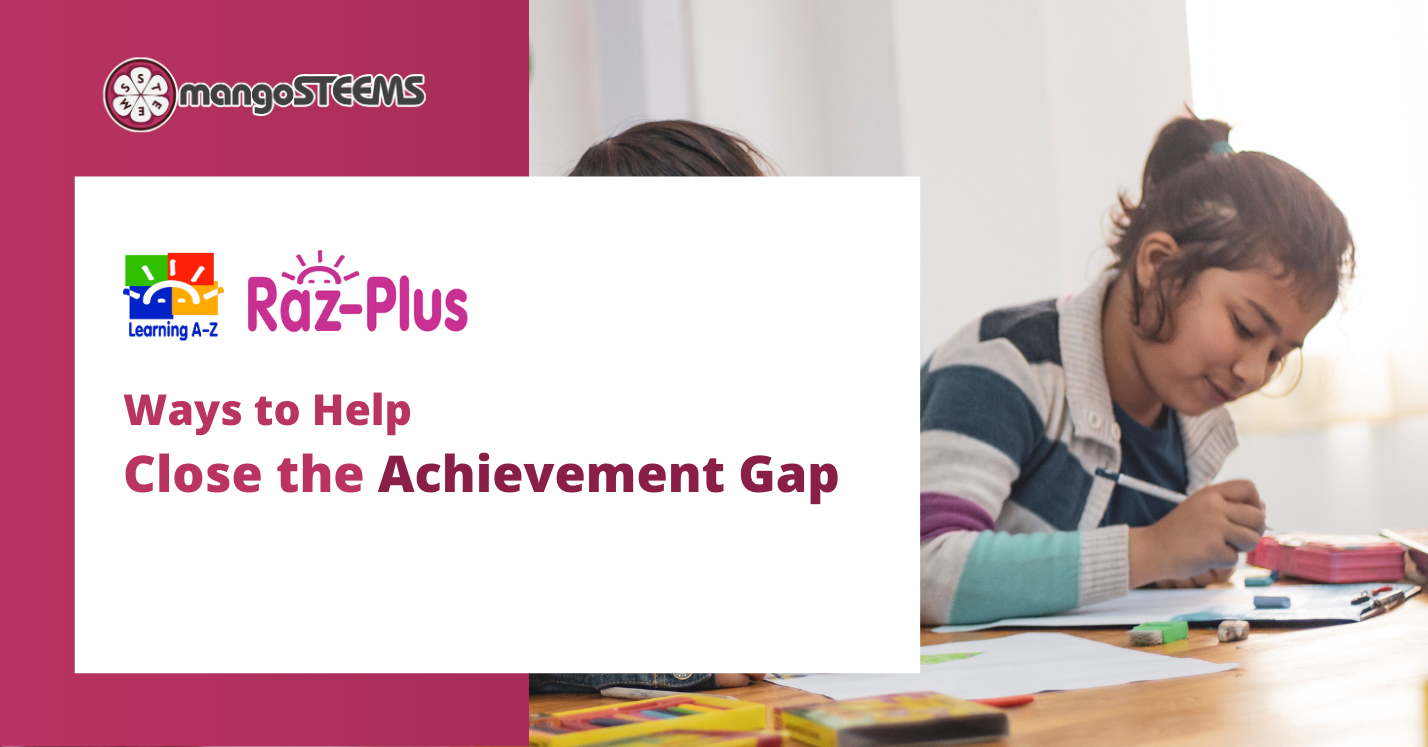
Due to the serious Covid-19, students cannot go back school and have to study at home. It is because of this exceptional situation, teachers need to make more effort on closing the Achievement Gap.
Achievement Gap: The variation in learning performance between different race, gender, or socioeconomic status of students.
To close the gap, Learning A-Z has below suggestions to teachers:
- Spend Time: Instruction offered to struggling students should be explicit and targeted to each student’s needs, which can require more time, more repetition, and more frequency of instruction.
- Track Progress: Formative assessments help teachers monitor and analyze student progress, so they can observe student performance and address gaps appropriately.
- Connect Home and School: Innumerable studies have demonstrated that strong involvement from caregivers in their children’s education results in a direct positive impact on student achievement.
- Keep Instruction Evidence-Based: Help everyone consistently progress, support struggling students, and encourage realistic success for students at every level by implementing evidence-based learning programs.
- Maintain Rigor: Help counteract implicit bias by keeping an open mind, learning more about who students really are and about their strengths and interests, empowers all students to succeed within their own capacity.
- Engage Everybody: Finding out what interests each student is a powerful way to get started on this path. When a student’s interest is piqued, learning happens more effectively.
- Develop Teaching Skills: Promote professional growth for teachers, along with measurable learning gains for students, by building a carefully designed, well-communicated process for teacher development.
Excerpt: 7 Ways to Help Close the Achievement Gap, edited by Learning A-Z
Learning A-Z is a literacy-focused K12 education technology provider. It products blend traditional teacher-led instruction with robust online resources to make teaching more effective and efficient, practice more accessible and personalized, assessment more strategic and automated, and learning more informed and proactive.
